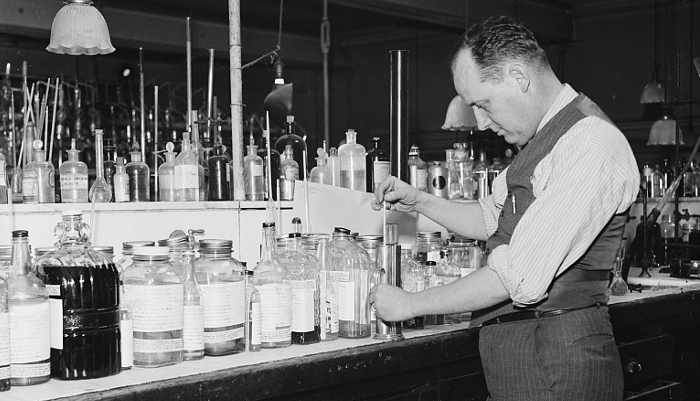Twenty engineering students simmered in the sauna-like classroom. Instead of listening to the engineering lecture, we daydreamed out the open window, longing to be with the students playing frisbee on the quad.
Professor Farmer turned from his blackboard and commented on the scene. “Philosophy students,” he snarked. “Come back in ten years and they’ll still be out there.”
We laughed, of course, much like generations of scientists who had probably laughed before. I bet the disc-tossers on the quad were making similar comments about the propeller-heads in the windows. And yet, although these two groups have lobbed barbs at one another for centuries, my vantage point as an engineer/storyteller has shown me that they’re much closer than they think.
Engineering is an applied science that’s built upon the bedrock of all discovery–the Scientific Method. Story structure is the way that humans convey meaning. And never the twain shall meet, right?
Perhaps, but what if I told you that story-structure and the scientific method are one in the same? Don’t believe me? Let’s take a closer look.
My favorite definition for story-structure comes from Kenn Adams‘ Story Spine:
Once upon a time
Every day…
Then one day…
And because of that…
And because of that…
Until finally…
And ever since then…
And the Scientific Method looks like this.
- Observe
- Hypothesize
- Test, evaluate, and iterate
- Conclude
Do you see it?
| Once upon a time… Every day we observe patterns. Then one day that pattern changes. And because of that, we seek to understand why. And because of that, we hypothesize. And because of that, we test, evaluate, and iterate. Until finally we conclude with new knowledge. And ever since then, we use that conclusion as a premise for the next time we go through the process. |
The thing that binds art and science is our quest to understand the world around us and to then explain those things to others.
Just sayin’.
Hey, anyone in for a game of frisbee?
Note: Many people (me included) were introduced to the Story Spine through Emma Coats’ The 22 rules of storytelling, according to Pixar. However, my good friend and fellow business storyteller Kathy Klotz-Guest pointed out that the original source didn’t come from Pixar, but from Kenn Adams, a giant in the world of Improv. And so, from here on, I’ll be thanking Emma for bringing the Story Spine to my attention, but will be referencing Kenn as its original source.
Photo Source: Library of Congress
